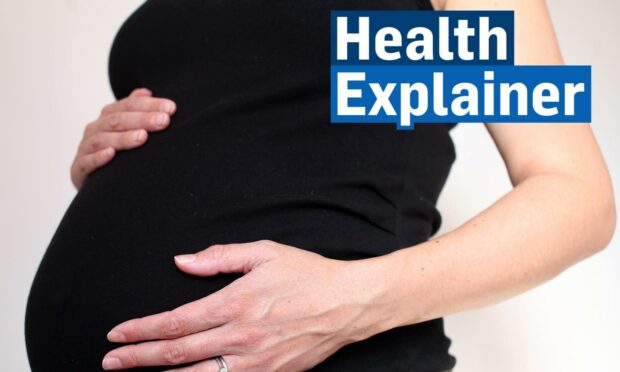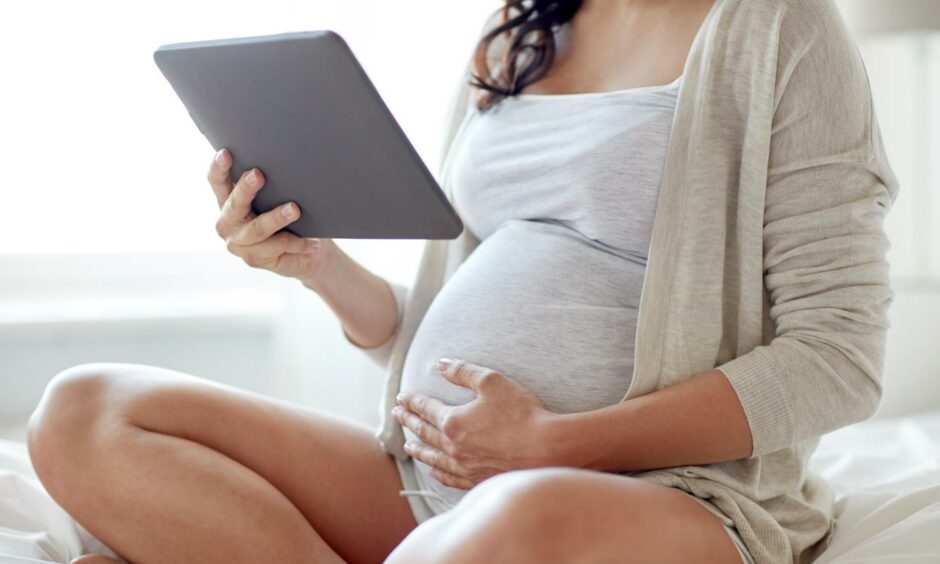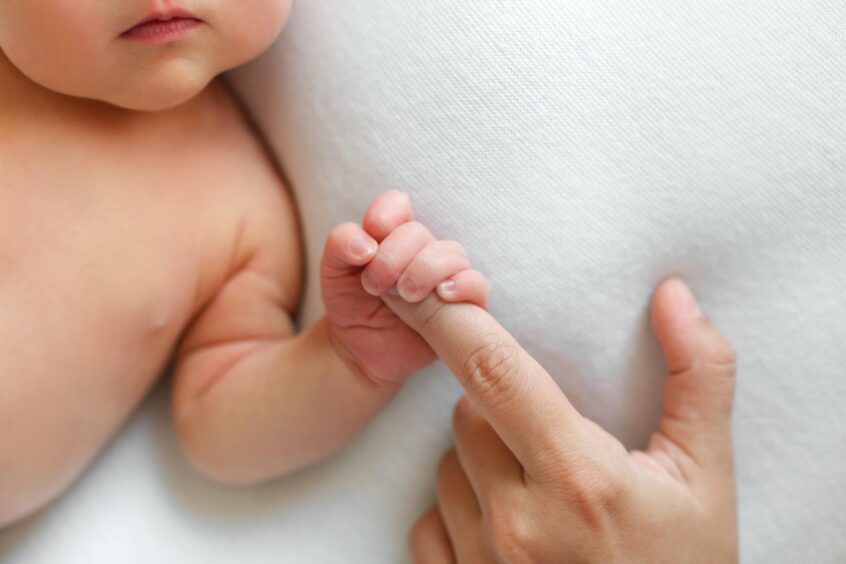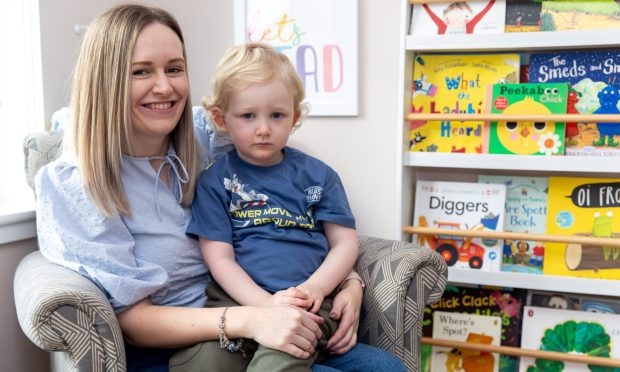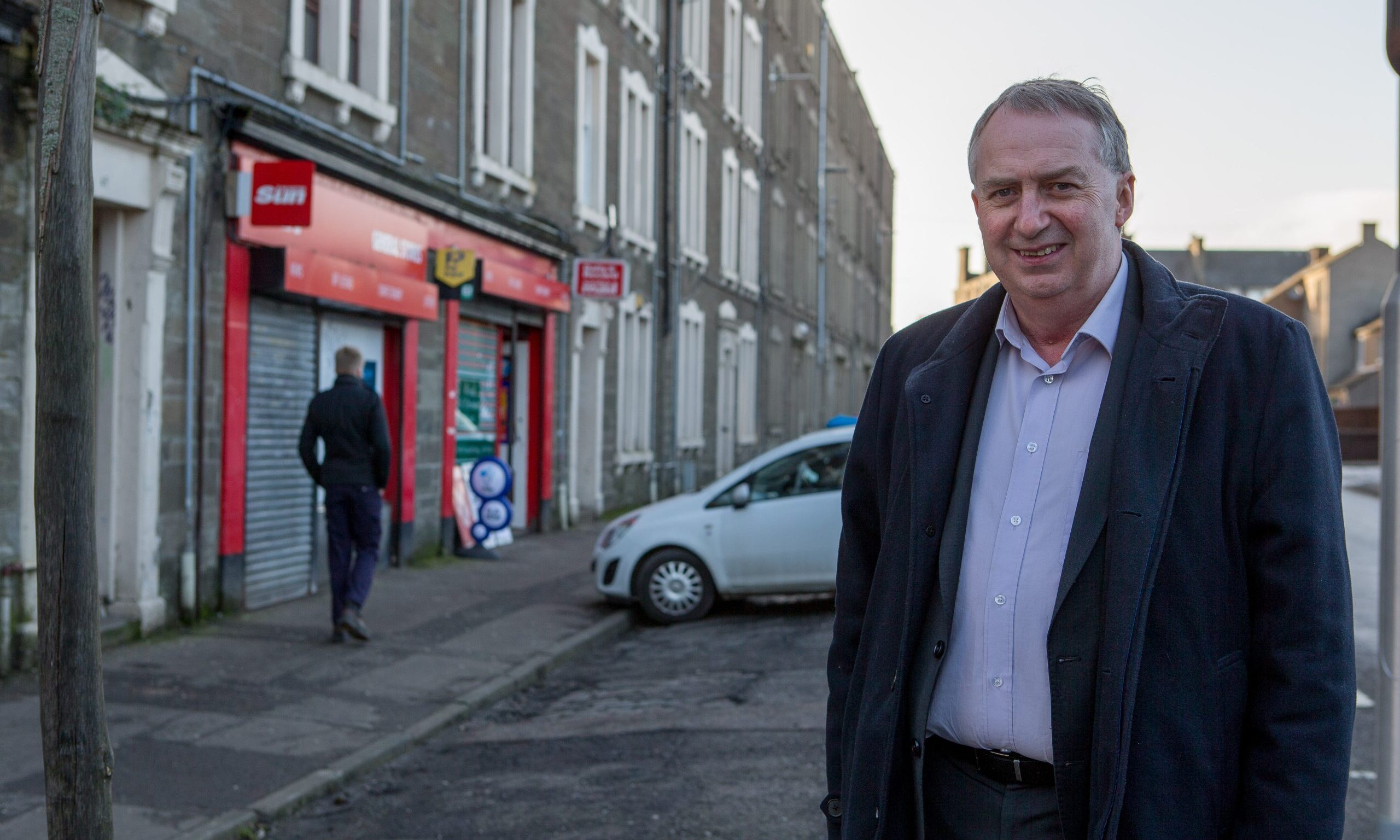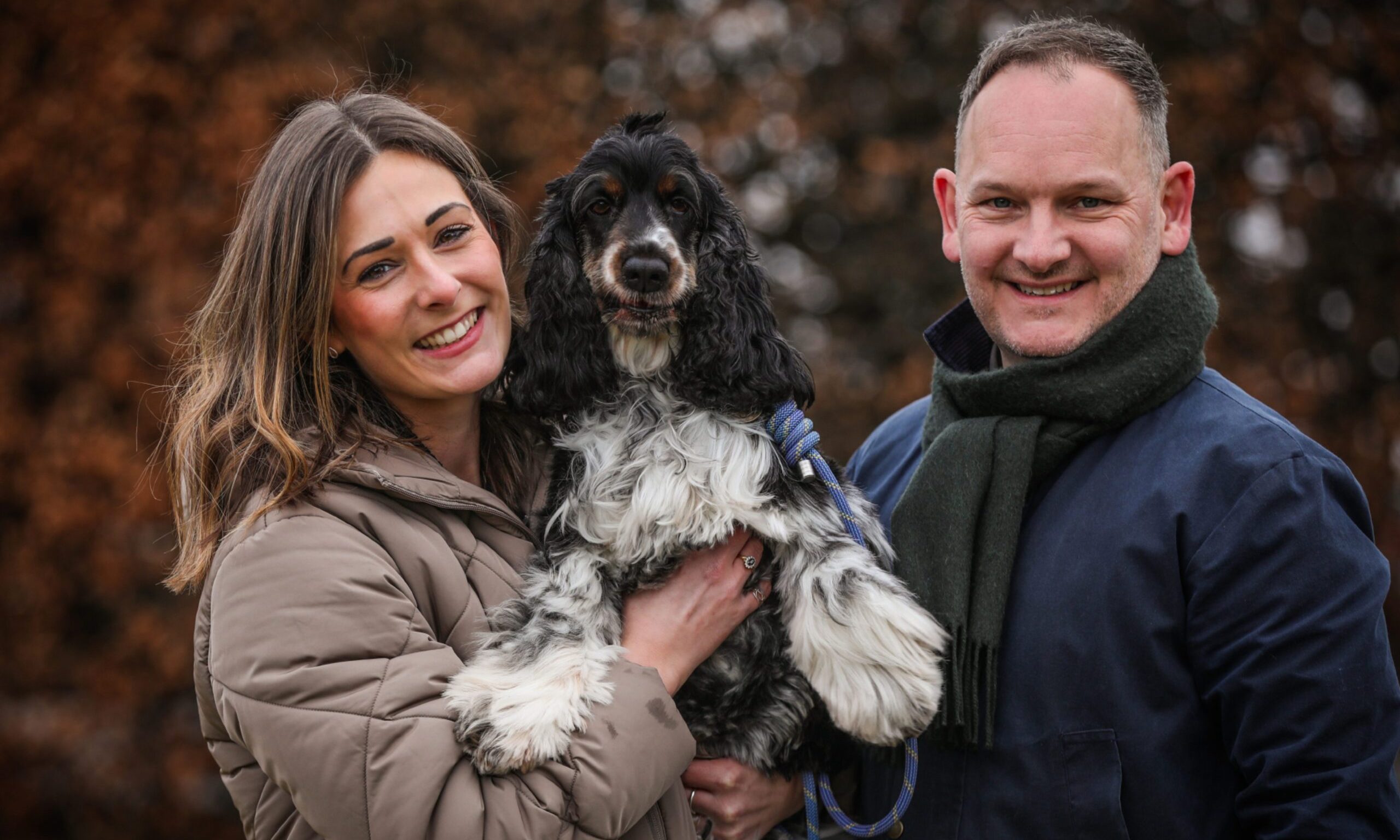Health issues and risks from infections for pregnant women and their babies have come under the spotlight recently.
An inquiry led by senior midwife Donna Ockendon looked into nearly 1,600 incidents at an NHS trust in Shropshire over two decades.
One of the families who campaigned for the inquiry lost their daughter in 2016 to an infection called Group B Streptococcus.
You might be wondering what the risk is to your pregnancy from infection and what could it mean for your baby and for you.
So we are answering questions that might be on your mind in light of the media reports.
What is Strep B?
Group B Streptococcus infection can also be known as Group B strep, GBS or strep B.
It’s a common bacteria carried in the body.
Carrying it is usually harmless and most people don’t even realise they have it.
And it’s usually only a problem if it affects:
- pregnant woman
- young babies
- elderly people or those who are already very ill.
Group B strep is also common in pregnant women and rarely causes any problems.
Although it’s not routinely tested for, it may be found during tests carried out for another reason.
What are the risks of Strep B if I’m pregnant?
If you have Group B strep while you’re pregnant your baby will usually be healthy.
But there’s a small risk it could spread to your baby during labour and make them ill.
NHS Inform states this happens in about 1 in 1,750 pregnancies.
And there’s an extremely small risk you could miscarry or lose your baby.
Who can I talk to?
If you’re concerned, you should speak to your doctor or midwife.
They’ll be able to give advice on whether or not you should get tested.
Routine testing is not currently recommended and tests are rarely done on the NHS.
But you can pay for one privately.
Group B Strep Support offer advice and guidance on why and when you should get tested too.
What’s the treatment for me?
If tests find Group B Strep, or you’ve had a baby that’s been affected by it before, you might need extra care and treatment.
This might include being advised to:
- speak to your midwife about your birth plan – they may recommend giving birth in hospital
- contact your midwife as soon as you go into labour or your waters break
- have antibiotics into a vein during labour – this can significantly reduce the risk of your baby getting ill
- stay in hospital for at least 12 hours after giving birth so your baby can be monitored – but this is not always necessary.
What’s the treatment for my baby?
Babies who develop a Group B Strep infection usually become ill soon after being born.
So your baby may be monitored in hospital for up to 12 hours to check for any problems.
If they develop symptoms they’ll get antibiotics.
Symptoms to look out for afterwards
Infections can also develop in babies up to around three months old.
You should call 999 or go to A&E if your baby gets any of these symptoms:
- being floppy or unresponsive
- grunting when breathing, or working hard to breath when you look at their chest or stomach
- very fast or slow breathing
- a very fast or slow heart rate
- an unusually high or low temperature
- changes in their skin colour or blotchy skin
- not feeding well or vomiting milk up
- an unusually fast or slow heart rate.
They may need treatment with antibiotics in hospital immediately.
Risks to baby
Most babies with a Group B strep infection make a full recovery if treated.
But some babies may develop serious problems like sepsis or meningitis.
This can cause lasting problems like hearing loss or loss of vision. Sometimes it can be fatal.
You can find out more information about Group Strep B from charity Tommy’s or Group B Strep Support.
